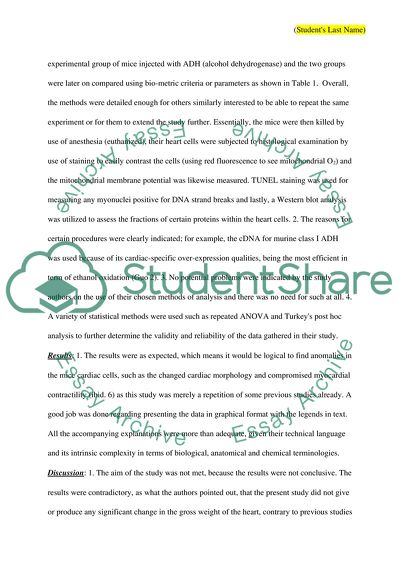Cite this document
(Not Found (#404) - StudentShare, n.d.)
Not Found (#404) - StudentShare. https://studentshare.org/medical-science/1766330-alcohol-and-the-heart
Not Found (#404) - StudentShare. https://studentshare.org/medical-science/1766330-alcohol-and-the-heart
(Not Found (#404) - StudentShare)
Not Found (#404) - StudentShare. https://studentshare.org/medical-science/1766330-alcohol-and-the-heart.
Not Found (#404) - StudentShare. https://studentshare.org/medical-science/1766330-alcohol-and-the-heart.
“Not Found (#404) - StudentShare”. https://studentshare.org/medical-science/1766330-alcohol-and-the-heart.


